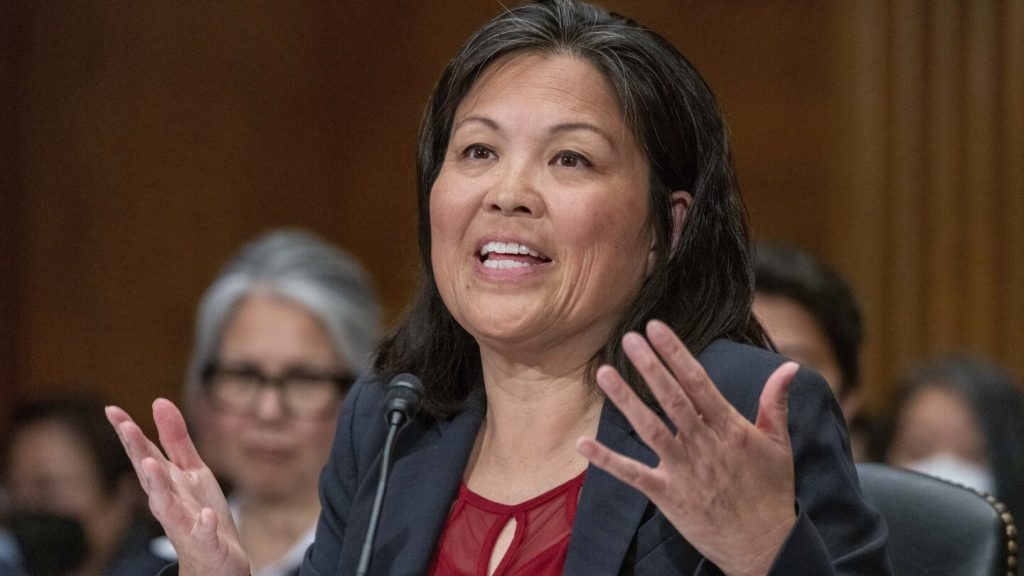The Labor Department has issued a new federal rule aimed at better protecting coal miners from the harmful effects of silica dust, a major contributor to black lung disease. The rule cuts in half the permissible exposure limit for crystalline silica for an eight-hour shift, aiming to reduce the incidence of black lung disease among miners. Acting Labor Secretary Julie Su emphasized the importance of ensuring miners have a safe and healthy work environment, highlighting the long-standing issue of inadequate protection from silica dust in the mining industry.
In Central Appalachia, an estimated one in five coal miners has black lung disease, which significantly reduces life expectancy and makes everyday activities challenging. The new rule is a step towards addressing the longstanding issue of inadequate protection for miners from silica dust, which has been a known health hazard for decades. The rule has been supported by various stakeholders, including community advocates, elected officials, and union leaders, who have long pushed for stricter regulations to protect miners from the harmful effects of silica dust.
The introduction of this new rule reflects the efforts of the Biden administration to prioritize worker safety and protection. Democratic senators from states with significant mining operations have hailed the new rule as essential for safeguarding miners’ health and well-being. However, there are concerns about the enforcement of the rule, with stakeholders emphasizing the need for adequate resources and staffing to ensure compliance and implementation. The rule lowers the permissible exposure limit of respirable crystalline silica to align with standards set for other industries and experts’ recommendations.
The issue of silica dust exposure in coal mines has become increasingly prevalent as miners access deeper coal seams through more extensive drilling operations. This has led to a rise in cases of black lung disease among younger miners, highlighting the urgent need for stricter regulations to protect workers’ health. The rule sets out specific exposure limits and mandates immediate corrective actions if those limits are exceeded, aiming to prevent further cases of black lung disease among coal miners.
The strict regulations regarding silica dust exposure have long been a focus of advocacy efforts by various organizations and coal mining communities. The rule represents a significant step forward in addressing the health risks faced by coal miners and ensuring their safety on the job. While there are concerns about enforcement and resource allocation, the introduction of this rule underscores the government’s commitment to protecting the health and well-being of workers in the mining industry.
Overall, the new federal rule on silica dust exposure in coal mines marks a crucial development in safeguarding the health of miners and reducing the prevalence of black lung disease in the industry. By setting stricter exposure limits and mandating corrective actions, the rule aims to ensure that workers are not exposed to harmful levels of silica dust that can lead to severe respiratory ailments. The ongoing enforcement and implementation of the rule will be critical in ensuring its effectiveness and preventing further cases of black lung disease among coal miners.


